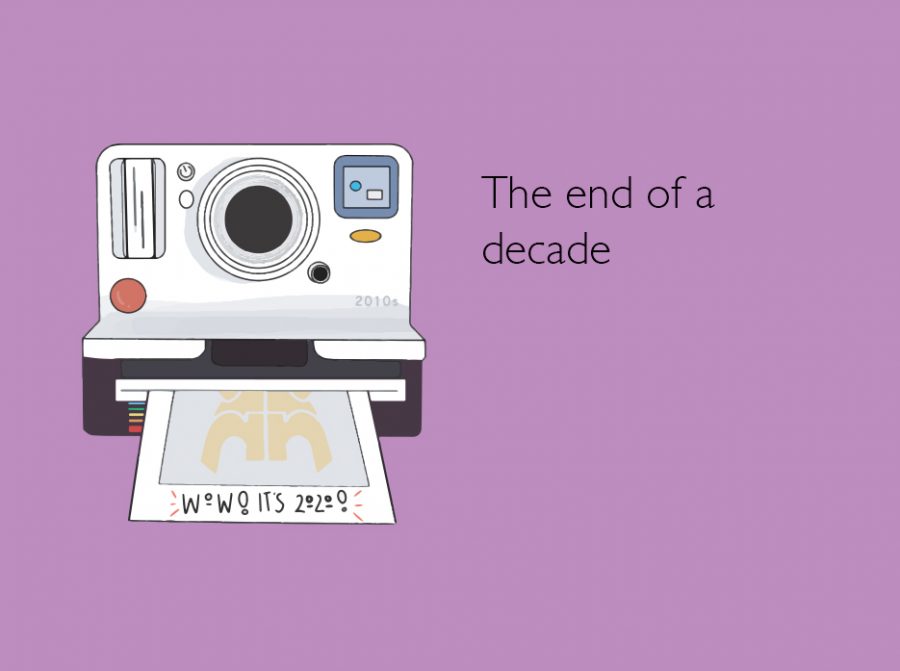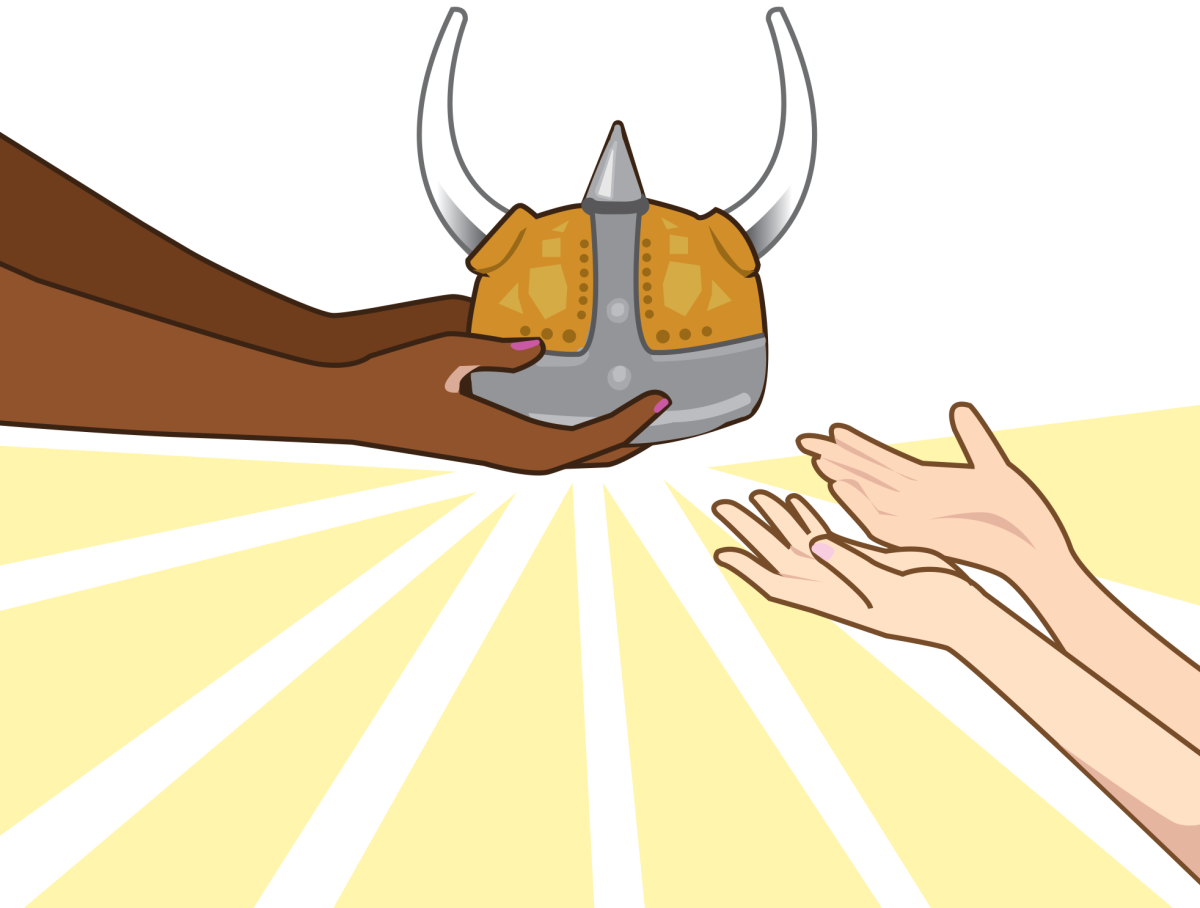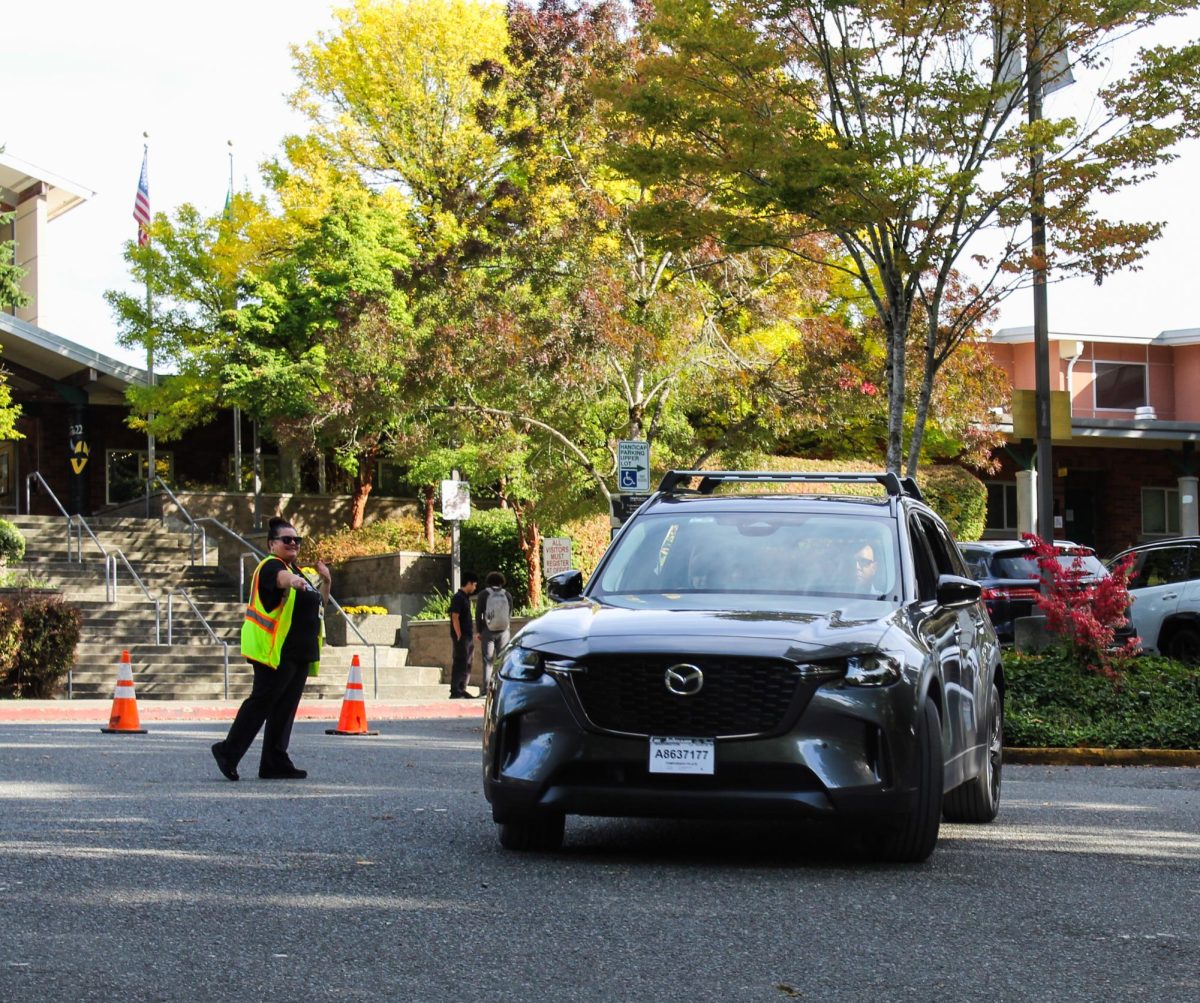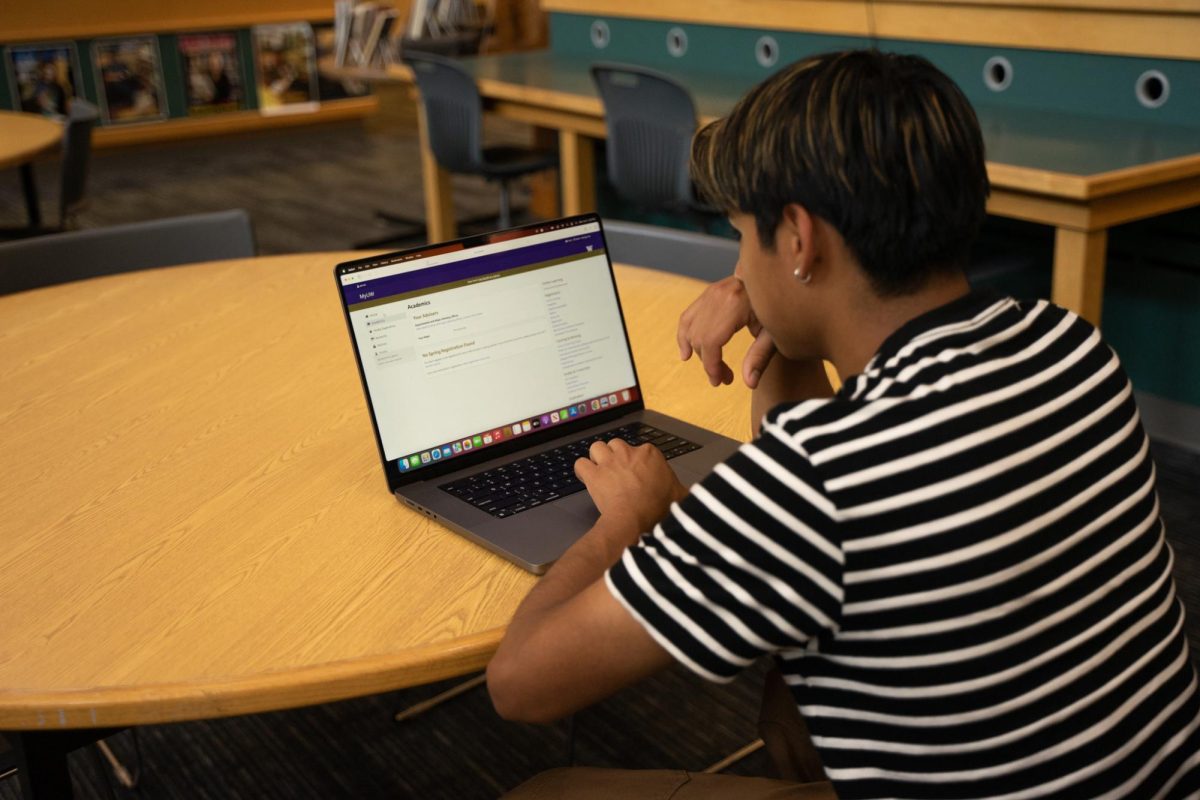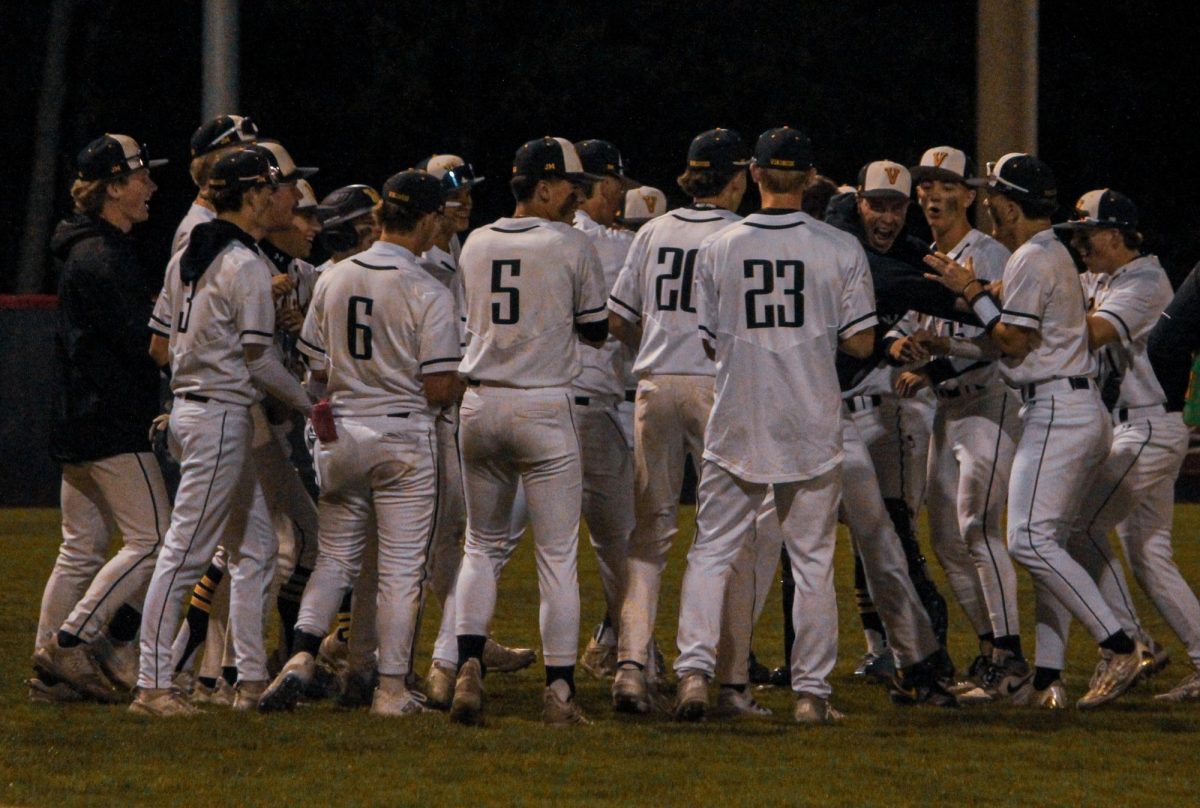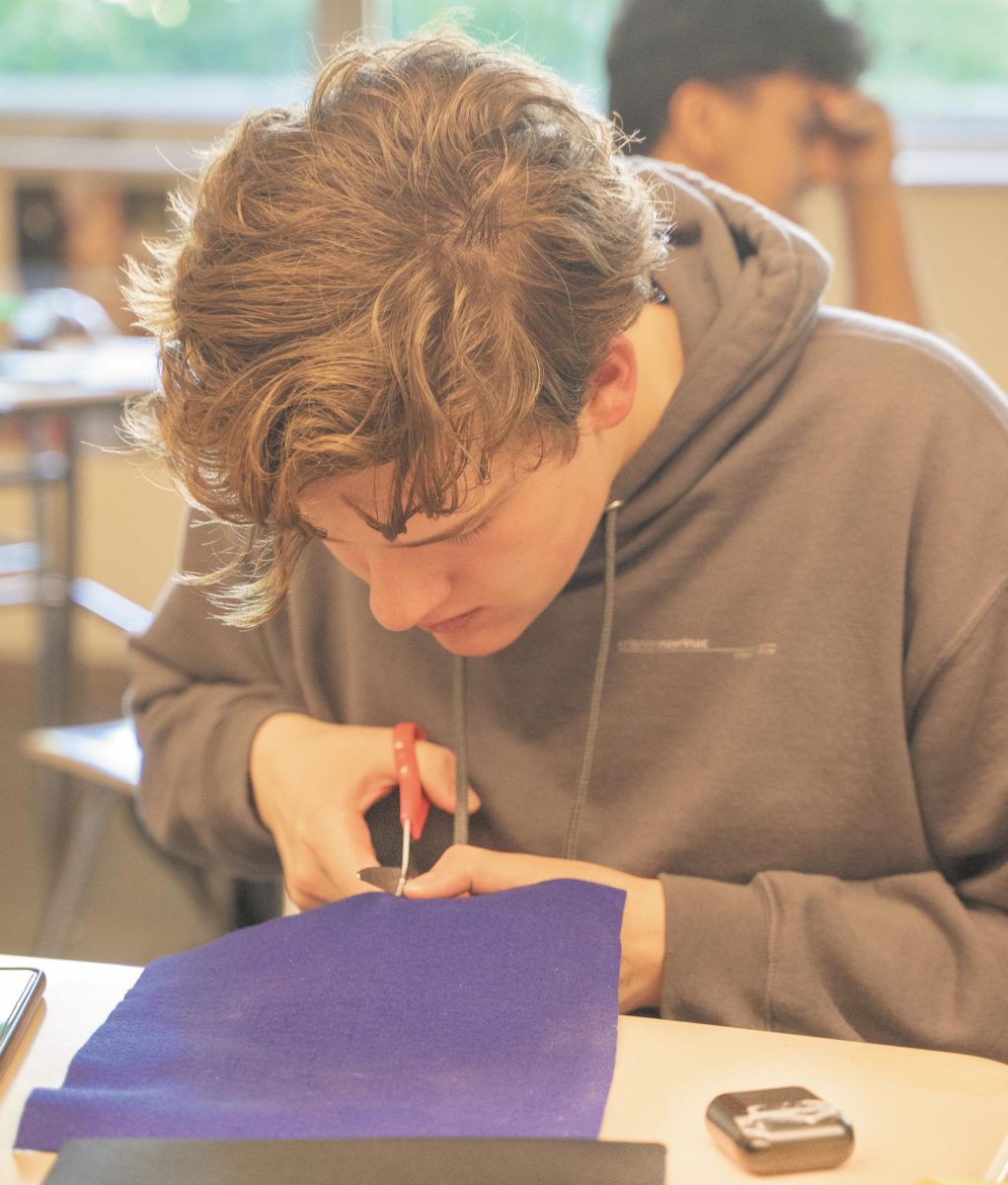Students
Aditi Jain
The end of the decade has signaled the end of many students’ childhoods, including memories of growing up and important milestones. Teenage years are filled with trying to fit in and developing as a person, and this decade has done just that, according to sophomore Neeka Ghazanfarpour.
From students getting their first phones to finding their best friends, the decade has allowed students to develop their relationships and their interests. Sophomore Ingrid Hanson said that as she looks back on the decade, she always remembers getting her first phone in seventh grade.
“It was the worst phone — the cheapest one in the store — but I was so happy to have it because I was like ‘yes, finally!’” Hanson said. “I dropped it so many times before I got a new one, though, that when I used it, it cut open my finger, because it was so shattered.”
For Ghazanfarpour, playing the piano has been the most memorable. Because she has had five different piano teachers, she said it has been a journey; still, after playing piano for nearly a decade, Ghazanfarpour said she is amazed at how much she has grown.
“At the beginning of the decade, I was like ten and just beginning to learn piano, and to look where I am now, I’m really excited to keep playing piano. I used to play because I had to, but now I play because I want to play really pretty music,” Ghazanfarpour said.
Additionally, freshman Kyliea Rynearson said she was interested in Disney movies and Tinkerbell as a child, so much so that it was evident in her outfits.
“When I was little, I used to go to the store every day with fairy wings on,” Rynearson said. “They would be on backward, and no one would tell me that they were on backwards, so I would just walk around with upside-down fairy wings in public.”
Fantasy also captivated senior Malu Rivera when she was younger. In sixth grade, she went to her friend’s Harry Potter-themed birthday party. Rivera said she remembers loving the themed decorations her friend used.
“They covered their door with brick-colored wallpaper and had the sign nine and three quarters on it so that you had to go through the station nine and three quarters to enter Hogwarts or into the birthday party,” Rivera said. “We drank butterbeer, and …they poured oil and glitter into vases and cups as potions just for the effect.”
For the party, all of the attendees had to dress up as one of the four houses. Rivera had to dress as Slytherin and said that initially, she was offended because she wanted to be in Hufflepuff. After taking a test online that proved that she was a Slytherin, she said she finally accepted her fate. In keeping with the Harry Potter theme and sleepover traditions, Rivera said they binged the Harry Potter movies, watching for about 16 hours straight that night.
“We stayed the night, and we watched all of the movies; it took forever,” Rivera said. “I think we started at 8 [p.m] and finished at noon the next day. That’s one of my favorite memories.”
Inglemoor
Gloria Shen
Although students spend a large portion of their youth and teen years attending school, it’s rare for students to have the chance to reflect on the hours spent on campus and the changes their own attitudes, mindsets, and beliefs bring. Without realizing it, every class of students brings a unique environment to the school and their behavior influences both the students around them and the staff.
Teachers have a unique position in this school hierarchy because they both interact with and oversee the students, allowing them to have a better perspective on how those changes develop.
Regarding the development of technology, the decade of the 2010’s can be marked by the rise of the smartphone and growth of social media, communication, and an endless stream of online content. English teacher Joanna Walker, who has been teaching at Inglemoor for 14 years, correlates the increased usage of phones in class with decreased school spirit.
“Students don’t have that patriotism for the school that they seemed to have when I first started here. It seemed like every Friday everybody was in black and gold and students participated more in door decorating contests or other events like that,” Walker said. “I think maybe social media encourages a sort of isolation where we are more into ourselves.”
However, the evolution of school spirit may not be only downward trend. Although the typical displays of spirit may be disappearing, the past few years of students have shown more of a sense of belonging at Inglemoor. English teacher Charles Trafford, who has been teaching at Inglemoor since 2001, believes that this is due to the students viewing themselves as being part of a community.
“There was such a demand for school spirit before that for a lot of students, it felt hollow. I think school spirit has changed here to mean something else more than standing behind certain images. A community, instead of a top down sort of thing,” Trafford said.
School culture is not the only shift teachers have noticed in recent years. Changing standards and expectations about school work and academic achievement have also been prevalent in classrooms. A noticeable change that has occurred is the increasing amount of schoolwork students receive, leading to changes in attitudes toward schoolwork and changes in the curriculum itself. In recent years, Walker said students have begun asking for less and less homework per class due to the immense workload they already have.
“There seems to be more of an expectation that instead of assuming that students will have homework, they have the attitude of ‘don’t give us homework, we have too much,” Walker said. “I don’t know if the homework thing is a product of stressing the value of STEM or there’s something shifting, but I find that students, especially this year–students felt overloaded.”
This shift may also be due to the growing number of students who are taking AP or IB classes, which generally have heavier workloads than regular curriculums because of their academic challenge.
“I’ve noticed that the number of people in the IB program has expanded. That gives more and more students opportunities, but what happens is that some of the folks that end up in that are not quite as academically adept,” Alan Schondelmeyer said. “There has not been a lot of change in behavior. Students are still diligent and working hard.”
Schondelmeyer has taught at Inglemoor for 20 years and currently teaches IB SL 2, a math course that is part of the IB curriculum.
No matter the cause, Trafford says the effect of changing academic standards in schools is clear: students have worse mental health and are suffering more under the demands of their schoolwork.
“What we ask of students is a lot more than what we did 20 years ago. I see a lot of students who now have a lot more anxiety, a lot more depression. It is tough growing up, so I have always had students like that. But there are a lot of students right now who are really, really upset and working really hard,” Trafford said.
Although these perspectives were limited to Inglemoor, the systematic addition of academic pressure placed on students is occurring across the globe. A study by the National Education Association Magazine reported that “In 2016, nearly two-thirds of college students reported ‘overwhelming anxiety,’ up from 50 percent just five years earlier.”
Rising standards from parents and schools contribute to that number, creating a cycle of unrealistic achievement expected of their students.
“It seems that every time a bar is set and students achieve that bar, whether it is in high school or university, the bar goes up again,” Trafford said.



